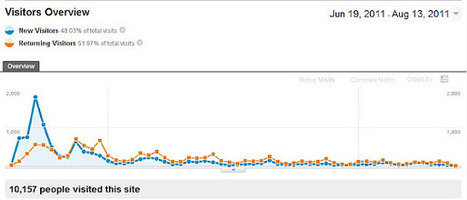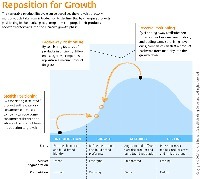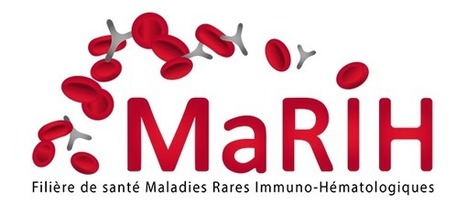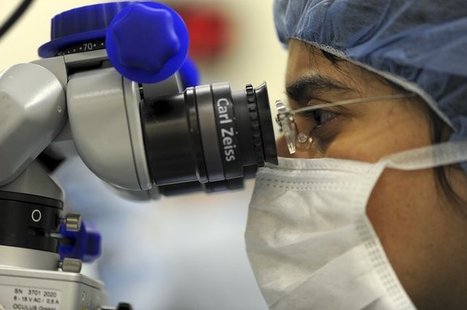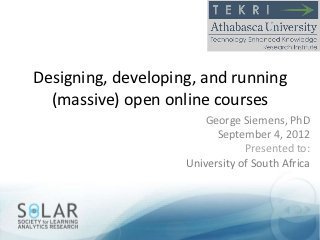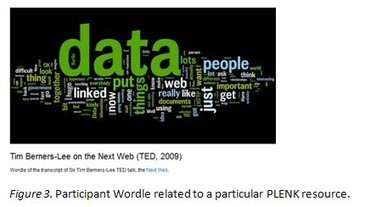Education Sciences, an international, peer-reviewed Open Access journal.
Get Started for FREE
Sign up with Facebook Sign up with X
I don't have a Facebook or a X account

 Your new post is loading... Your new post is loading...
 Your new post is loading... Your new post is loading...

Peter B. Sloep's curator insight,
July 4, 2013 5:53 AM
A useful collection of 51 slides, inventorying the state of MOOC usage in Europe. Of course, the inventory is incomplete in that countries and projects are missing, but it is a good starting point for awareness raising. The collection also contains an invitation to contribute slides. So if you are aware of European MOOC initiatives, contribute! (@pbsloep) |

Vorasuang (Michael) Duangchinda, Ph.D.'s curator insight,
July 28, 2013 1:32 AM
This article has given good explanation of MOOCs structure: The operating environment of a MOOC can be described in four layers: The environment of computer servers and software tool.The technical support around the platform.The central teaching support platform, working closely with the software people, in the same organization.The local educational support within each university, to help teachers to produce and make courses work.This means: A MOOC course needs a virtual platform in the cloud. This is the only way to support the load changes, at a reasonable cost, depending on the number of users simultaneously connected, larger numbers in the beginning or depending on the day and hour. Otherwise additional servers should be ready to start to contain the peak load, and this is very expensive.A MOOC platform requires IT staff to ensure good level operation. Managed in the cloud, these virtual platforms will minimize the number of specialists. The role of the staff is not only to ensure the conditions for a good production but also to open the virtual instances for each course (one course = one instance).Pedagogical support staff is required, located in the vicinity of the software specialists, to train and advise the trainers located in each university. This is a fundamental level: exchange among these persons should help computer specialists to adapt platforms to the needs of the teachers and students. This level must interact remotely with universities and train local trainers.ICT specialists (instructional designers, staff for filming and media) are needed in each university to support the teachers.U.S. consortia (Coursera, edX, ...) provide points 1 and 2, and point 3 up to full realization, against payment, but for a price of up to $ 250,000!
|









